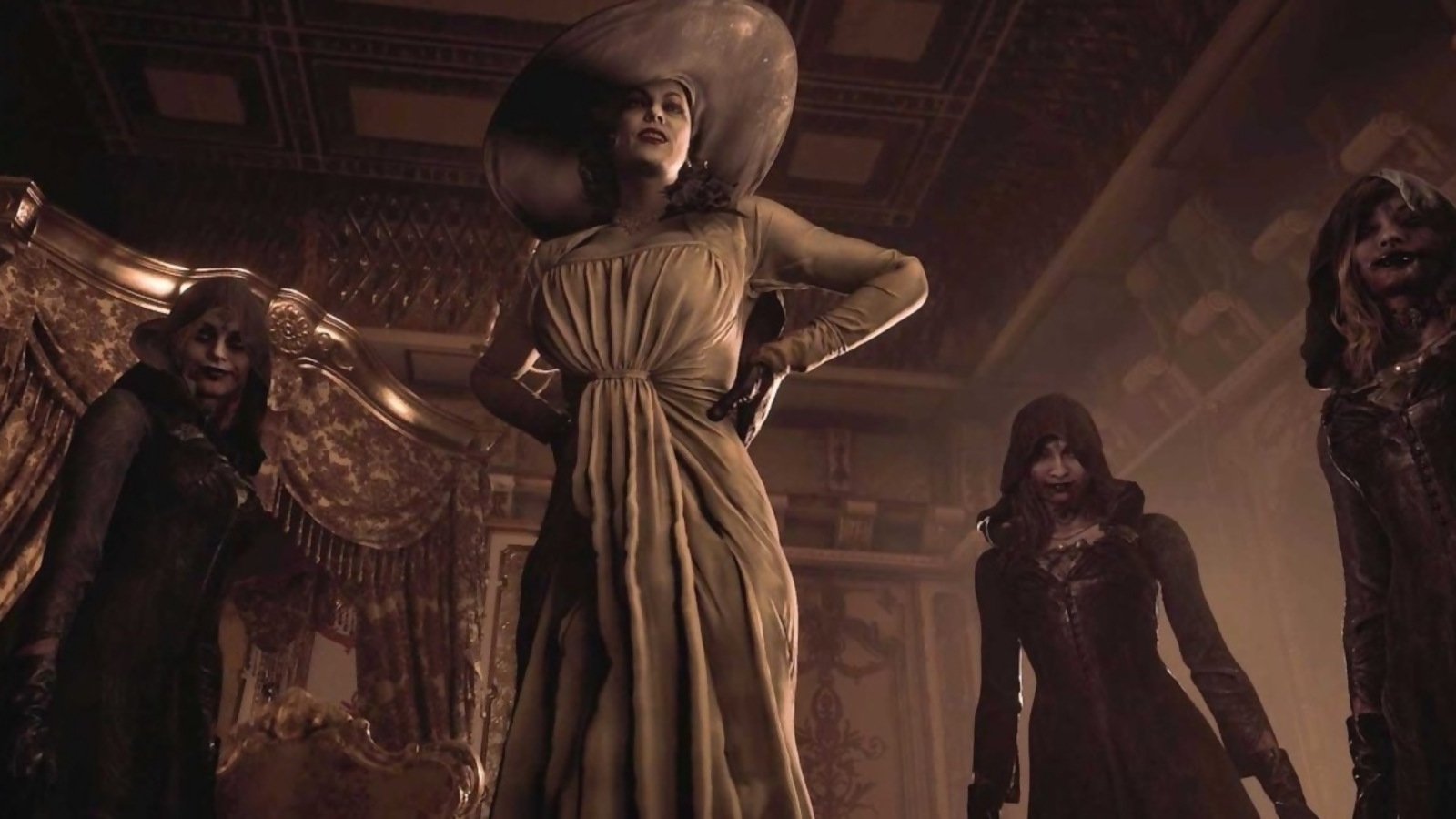
As far as the future of the Resident Evil series goes, there’s nothing to fear but fear itself. And too many zombies. And another Resident Evil 6. And too much high camp.
Dan Cooper explores where the series might go next following a tumultuous history.
“The core of horror is moving forwards when you want to run away.” Those words, a devastatingly simple summary of the unresolvable conflict that sits at the heart of all great horror, emanate not from the pen of Stephen King nor even the mouth of James Wan. Two of the genre’s greatest minds they might be, but such an incisive understanding of horror, that growing maw of panic that robs us of our reason and makes the fool of our senses, actually came from none other than Shutaro Kobayashi, Quality Assurance Manager for the latest numbered entry in Capcom’s long-running Resident Evil series.
Resident Evil: Village, the eighth mainline title in the decades-spanning survival horror series, was a hit, having sold some 6.6 million copies by September 2022 after launching in Spring 2021. That’s before the Gold Edition launched a month later, offering a new story expansion and a host of other added features which presumably shifted a few more copies too.
Reviews were positive to boot, meaning that although it hasn’t sold as many copies as some Resi games, Village will enter the Resident Evil canon as a critical and commercial success, a double-win that not every game in the rather uneven series can lay claim to.
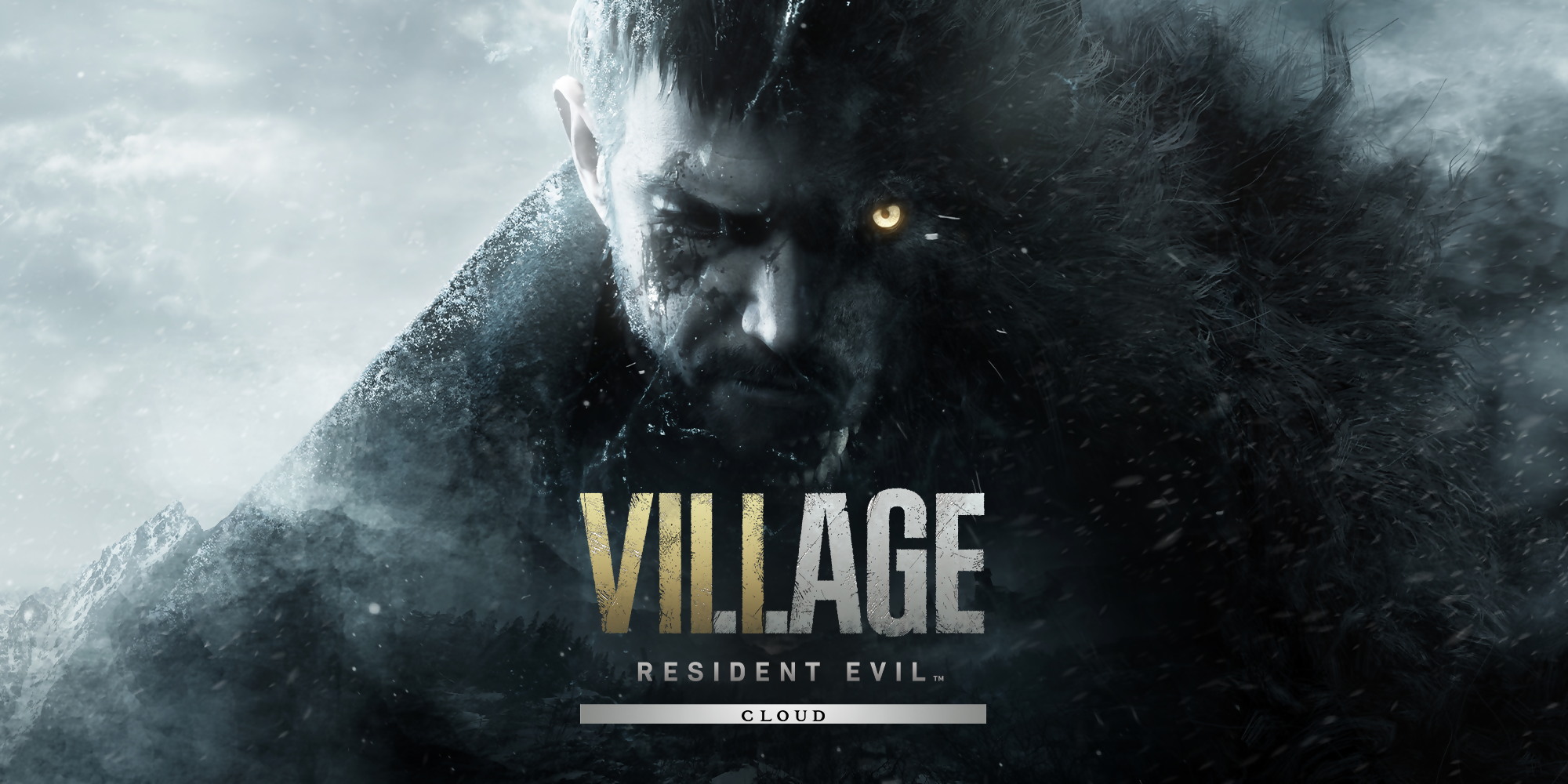
Credit: CAPCOM
The nadir of the series is universally believed to be Resident Evil 6, an action-oriented third-person shooter that bought together a whopping seven playable characters from the franchise in an Avengers Assemble-style team-up that abandoned trademark Resi scares in favour of furious gunplay, quick time events and turret sections.
Sure, the game has its fans (after all, what are horror fans if not masochists?) and you can argue that the roots of such a decline were seeded in Resident Evil 5 or perhaps even earlier, but the sixth game in the mainline series was when it all came horribly undone.
Like one of the series’ trademark zombies, the 2012 game was a shambling, lifeless parody of its former glories. Nevertheless, it sold very well (shifting, as it stands, almost twice as many copies as Village) but was received unenthusiastically by critics and with outright hostility by the core fanbase who saw it as a cynical, profit-oriented betrayal of Resident Evil’s status as the godfather of the modern survival horror genre.
Of 2012’s ten top-selling games, half were shooters such as Halo 4 and Borderlands 2 and framed as such, a profit-hungry Capcom had made their ambitions nakedly obvious: the survival horror spirit of Resident Evil had been sacrificed on the altar of commercialism.
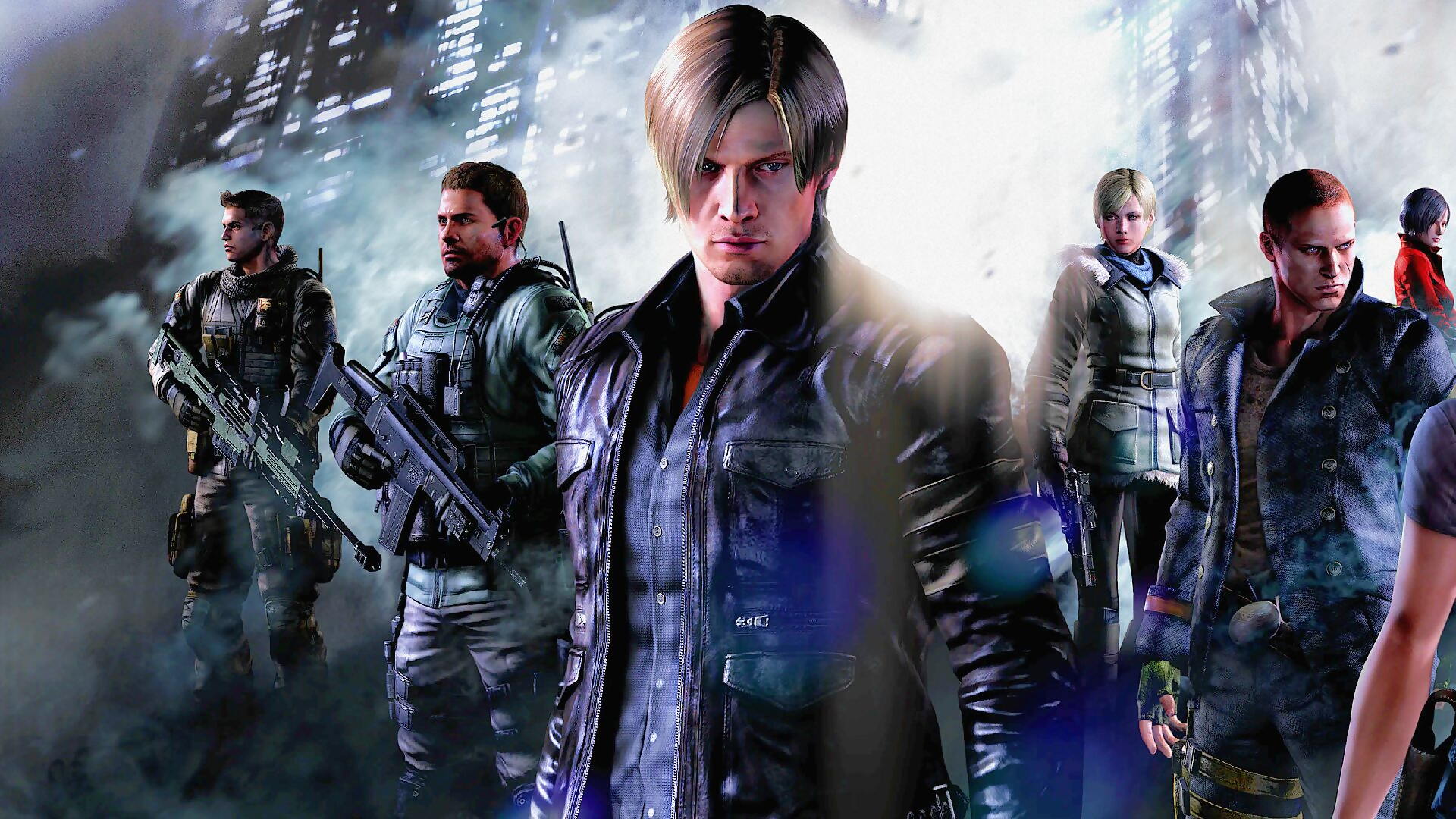
Resident Evil 6. Credit: CAPCOM
Unloved
Unloved by all, development of a similar follow-up to Resident Evil 6 was scrapped and the series underwent its most radical transformation in years. 2017 would see the launch of Resident Evil 7: Biohazard, where design changes would include a switch to a more claustrophobic and immersive first-person point of view, and an unsettling extended opening section that mutilated the largely defenceless player character, meaning that flight was often the only option in the face of overwhelming and grotesque enemies.
Back to Shutaro Kobayashi then. That vastly unequal power dynamic that characterised so much of Biohazard is exactly what Kobayashi was describing when he said “the core of horror is moving forwards when you want to run away”.
Indeed, much of Resident Evil’s seventh numbered entry forced reluctant players into scenarios in which they were outmatched and outgunned and it was always disquieting, sometimes terrifying, especially if you were foolhardy enough to attempt the game in VR. Eventually the game bestowed plenty of firepower in the hands of its protagonist, Ethan Winters but for most players, it’s those opening few hours that remain the most memorable and nightmarish.
Too nightmarish it would seem, as when the Resident Evil development team reconvened to consider how to build on a newly-resurgent franchise, a decision was made at some level to once again steer away somewhat from the horror elements of the series. In an act of left-field marketing genius not seen since Sony sold a zillion PlayStations using a Scottish girl with a CGI-enlarged cranium, Capcom got out in front of a Village backlash by announcing pre-release that the game was less scary than its predecessor and this was due to player feedback.
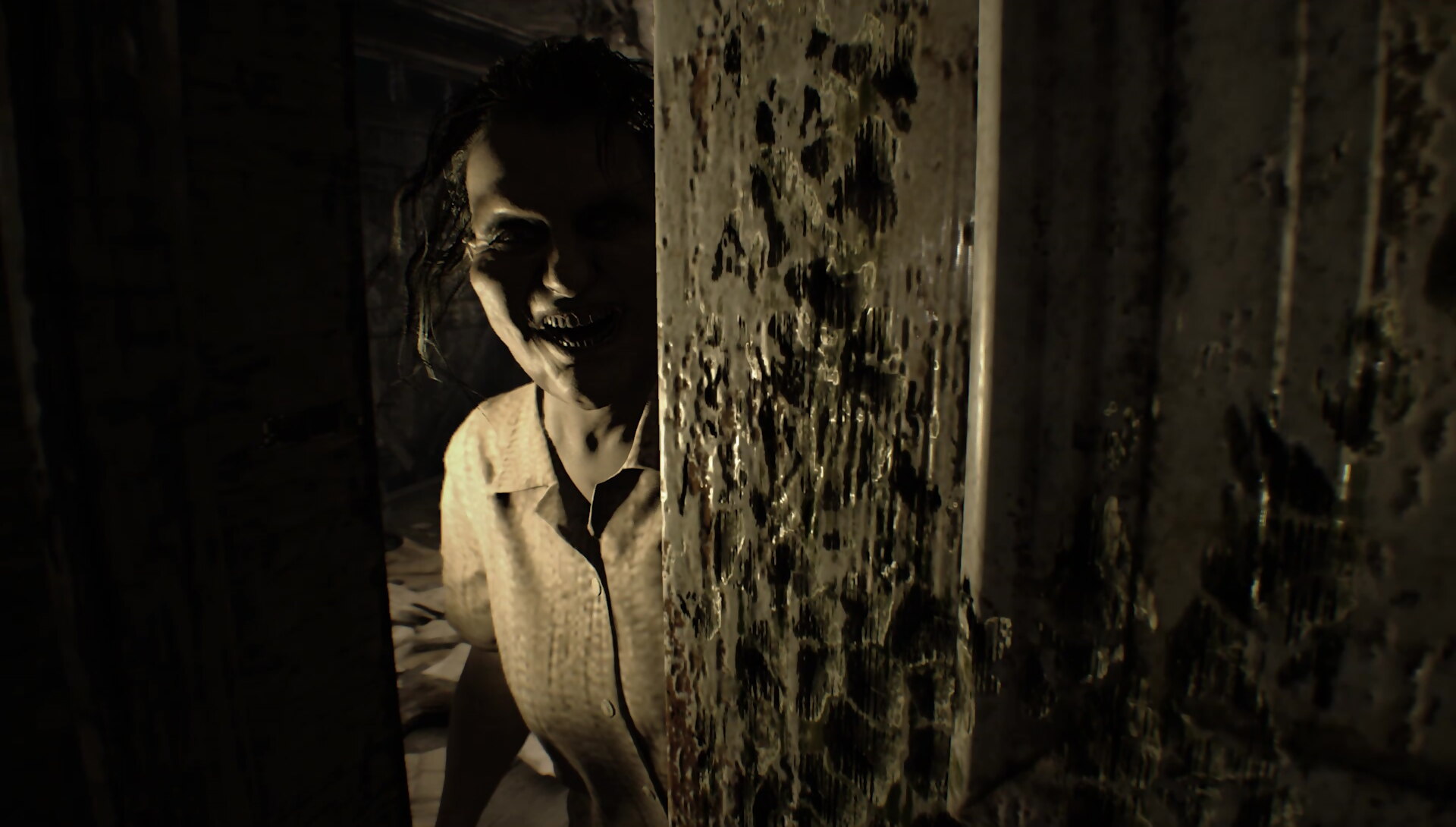
Resident Evil Biohazard. Credit: CAPCOM
It was a truly audacious act of marketing gaslighting that would have made even Don Draper proud. With expectations for the game’s horror content suitably dampened and fans being told that this is what they’d asked for, Village released to largely positive acclaim. Once more, the Resident Evil series had severed its own umbilical cord. Even those holding out for a true survival horror experience were somewhat appeased by the slick (and largely continuous) gunplay being offset by a stylish Gothic backdrop which suffused the game with an unsettling and intimidating tone, although some of the campy antagonists left a little to be desired.
Back from the brink
However, even that tale does not tell the whole story. The Resident Evil: Village that we ultimately got was originally intended to be significantly different in play style and no, we’re not talking about early concept design here. Late into the game’s development following a pandemic-related pause in production, Resident Evil: Village was a much more action-oriented game in which hordes of monstrous enemies would hurl themselves at the returning Ethan Winters in much greater numbers than the final game featured.
In a fascinating video charting a critical point in the game’s development, it is Shutaro Kobayashi, the Quality Assurance Manager who claims that he had to repeatedly approach the development team to warn them that play-testers weren’t enjoying the experience, that enemies were too numerous, too aggressive and ammunition too sparse.
Given the course correction following Biohazard, it’s pretty evident what happened here. For Village, the game’s development team were tasked with finding a different way to unnerve players given that placing them in control of an outmatched Ethan Winters in Biohazard was deemed to be too off-putting for players and therefore damaging to sales. As such, the game’s creative team opted for an intensity of a different hue, allowing an armed Ethan to fight back but against vastly superior numbers.
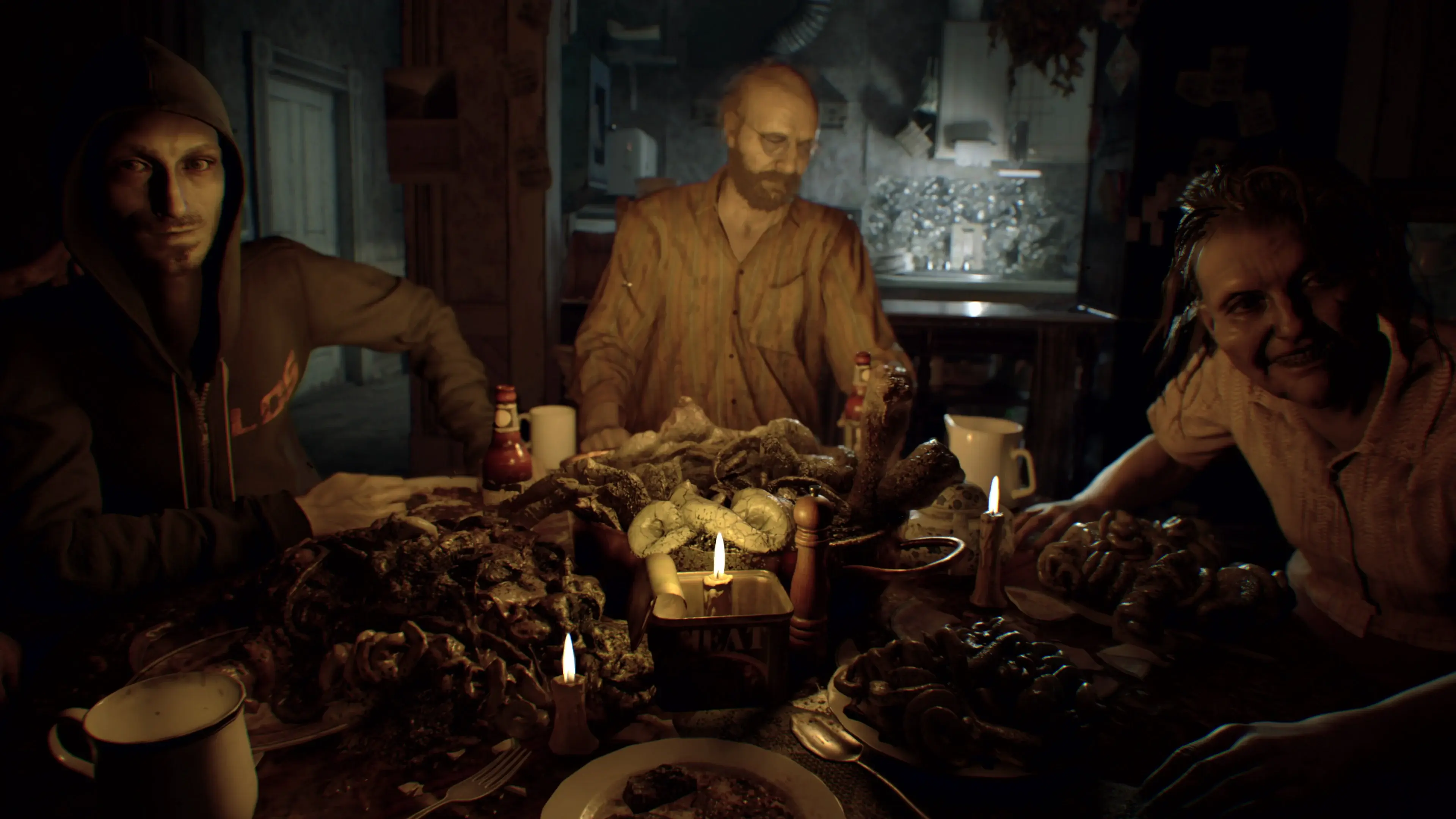
Resident Evil Biohazard. Credit: CAPCOM
Whilst that kind of conflict has its fans, it clearly sat at odds not only with the game’s brooding Gothic atmosphere, but also with play-testers who found it unenjoyable. Kobayashi states, unflinchingly, that “the game’s content was completely divorced from what the development team thought they had made.”
Whilst the developers’ response to Biohazard’s scares may have been crudely implemented, we can at least take heart from the choices they ultimately made to balance the game’s tone and play style. After all, Kobayashi points out that play-testers were also frustrated by the scarcity of ammunition and it would have been much easier for the developers to simply sprinkle more ammo across the game world but this would have only pushed the title back towards the darker ‘guns-a-blazin’ days of Resident Evil 5 and 6.
Wisely, they elected instead to reduce enemy numbers, making the antagonists more difficult to predict and creating dread through that ‘it’s quiet, almost too quiet’ feeling that permeates any effective horror sequence.
But where does the series go from here? After all, each Resident Evil title tends to feel like a reaction to the one that has come before. Essentially, Capcom is using the player base as a focus group of sorts, making careful notes as to what has succeeded and what hasn’t, before engineering the next instalment that is tailor-made to what they think players want.
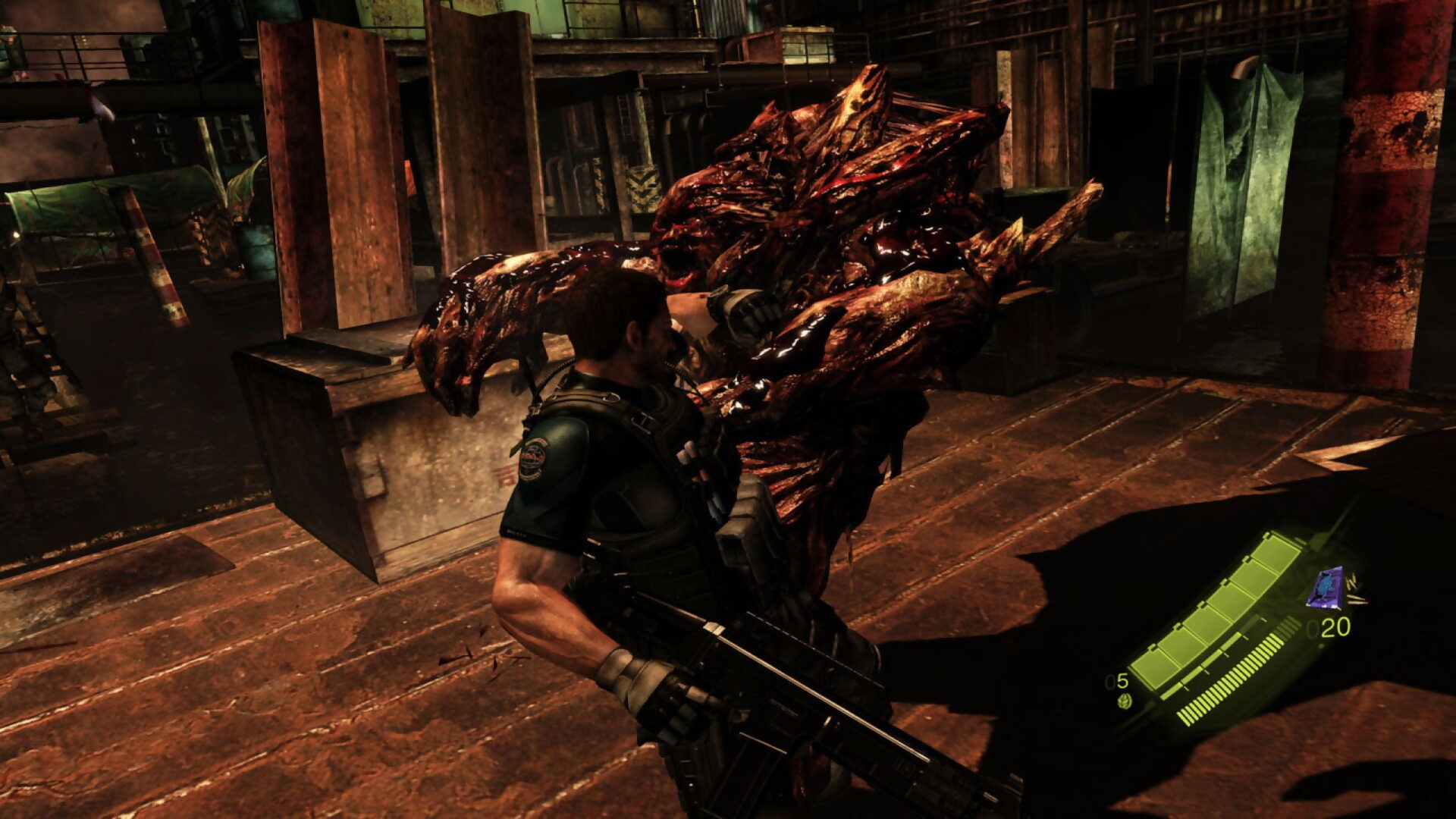
Resident Evil 6. Credit: CAPCOM
Of course, this is true of lots of sequels but it rarely feels so very apparent as when Capcom does it. But why wouldn’t they? The company has enjoyed record profits these past few years and that’s largely due to the Resident Evil franchise which boasts five titles on the publisher’s top ten list of games that have sold a million or more. Incidentally, Biohazard is the top-selling Resi game on that list, whilst Village sits at the bottom. (Granted, Biohazard does enjoy a four-year head-start over its successor though!)
Recalibration
Either way, expect Capcom to further refine the Resident Evil formula in the series’ ninth mainline entry. Complaints that Village was too tame in the scare stakes will likely see a slight recalibration of the project’s direction but don’t expect to see anything along the lines of Outlast or P.T. as Capcom is evidently keen not to scare its player base away.
Instead, between glossy gunplay sequences you can expect Resident Evil 9 to lean into shorter bursts of less intense horror, the grotesque baby sequence from Village being a perfect example of an encounter that many found unnerving, but one that is quickly over and throughout which, the route to safety is made clear.
Village only featured a handful of moments like this and given that it’s reasonable to expect Capcom to inch the pendulum slightly back towards horror, they’ll probably look to add a few more. Also of relevance is the upcoming release of Resident Evil 4 Remake. Forget survival horror, the original Resident Evil 4 changed the landscape of gaming as a whole when it first released exclusively on the Nintendo Gamecube in 2005.
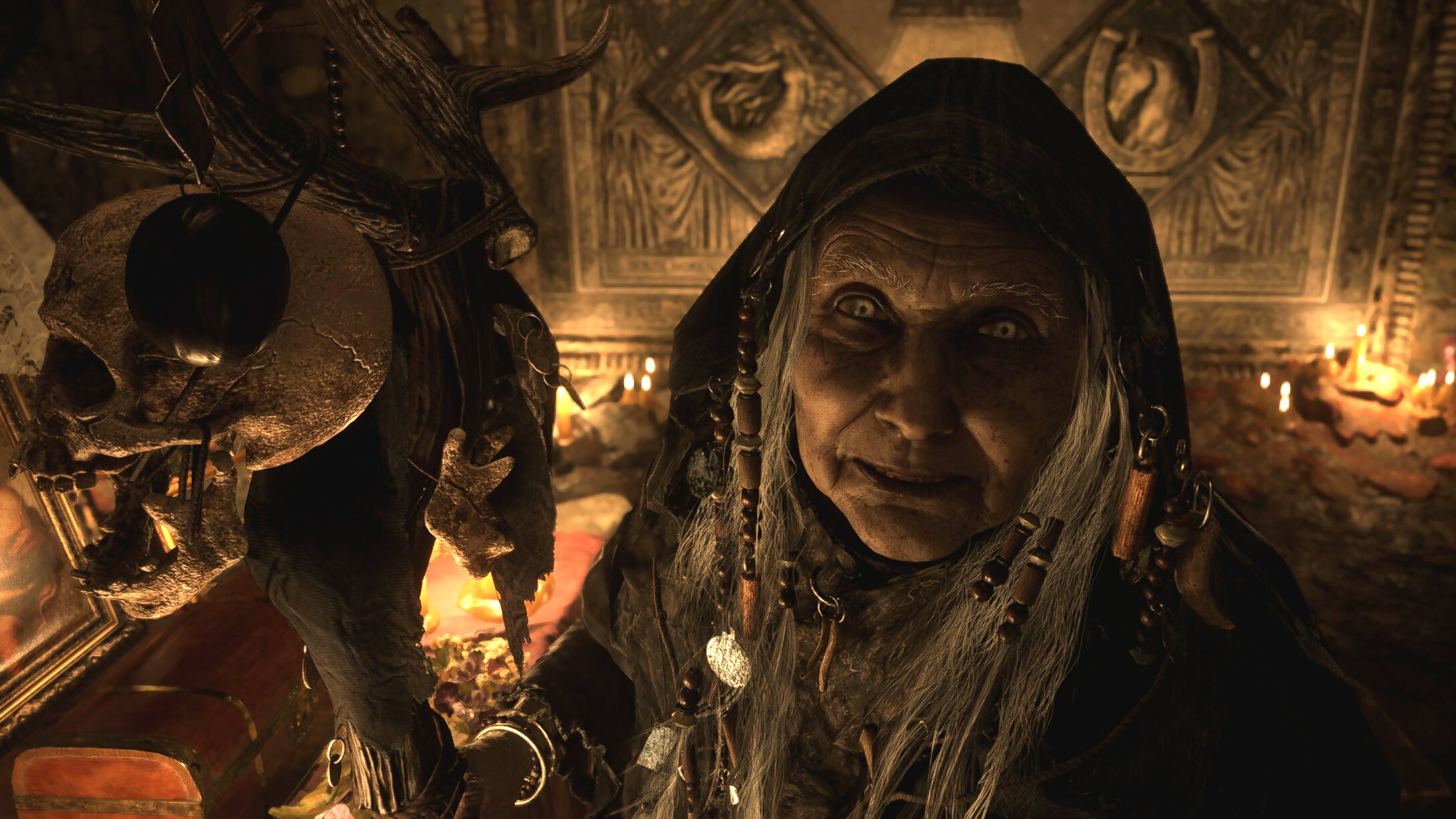
Resident Evil: Village. Credit: CAPCOM
Whilst we wouldn’t expect the remake to have the same impact, a rapturous reception to a remade classic might just remind Capcom of the audience out there that like their Resident Evil games in third-person. Plus, with Ethan Winters’ story concluding with Village, a change in protagonist is also on the horizon, meaning that the publisher’s weird insistence on never showing Ethan’s face can now be put to rest, with the first-person perspective of the last two games perhaps following suit.
Capcom have said they will determine the perspective point of each future Resident Evil game on a case-by-case basis but a look at the wider RE roadmap lays out a few hints. In the five years since the mainline series switched to first-person, fans who prefer to see their protagonist onscreen have been ably served with the excellent third-person remakes of Resident Evil 2 and 3.
However, with March’s release of Resident Evil 4 Remake, we can easily envision a scenario where the third-person remake train arrives at its final stop. Capcom knows that the fifth entry in the series is not a beloved game and that its African setting contains problematic representations that they won’t want to revisit in a hurry.
With no more third-person remakes on the way, that would certainly clear a path for the mainline series to switch to that format, indeed it already has to some degree with the release of a third-person version of Village and its story expansion, Shadows of Rose being third-person only. That would be a shame though, as with Biohazard and Village, the series switch to first person has bought us the best one-two punch in mainline Resident Evil titles since the early days of the series.
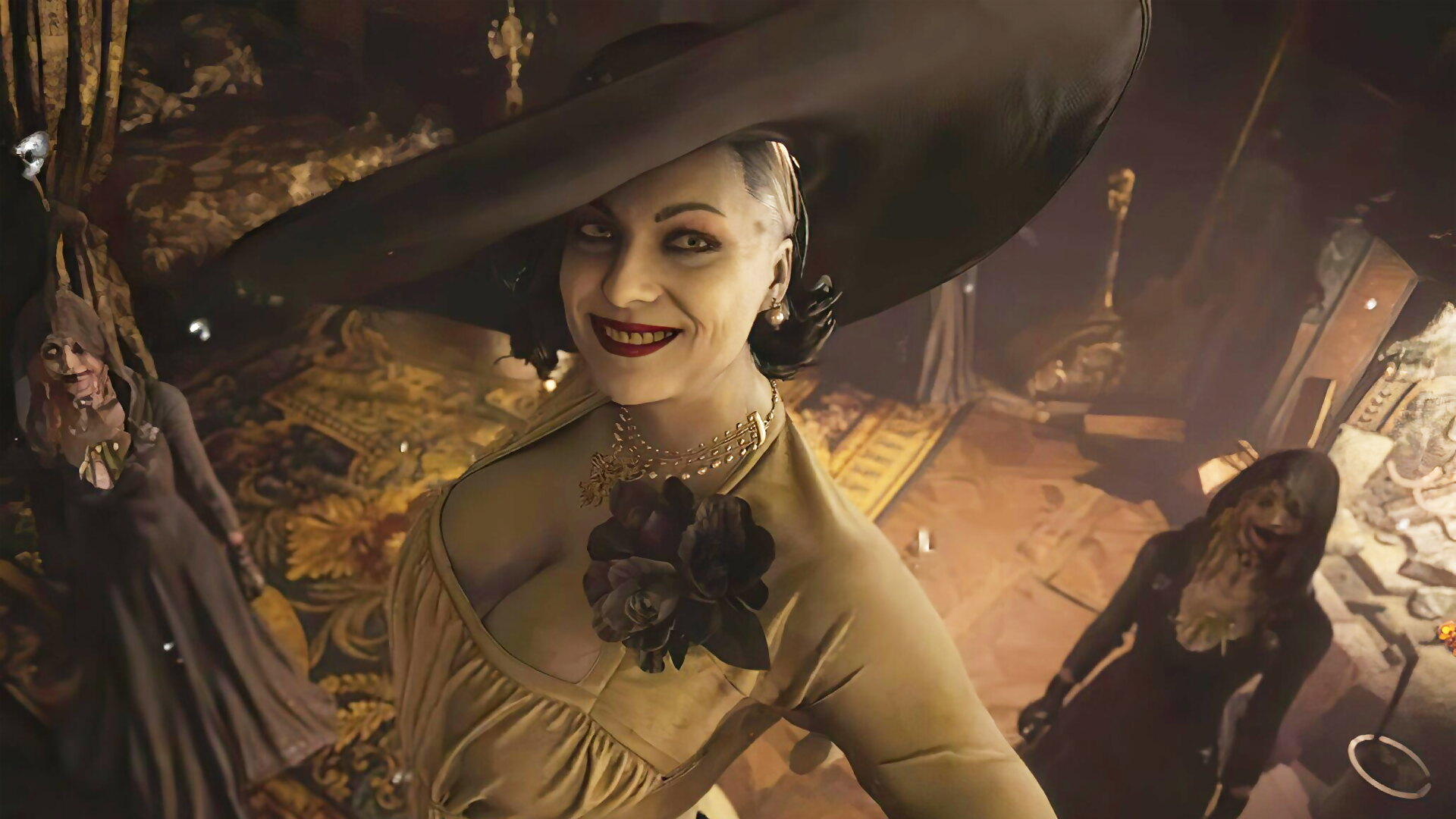
Resident Evil Village. Credit: CAPCOM
Along with the excellent third-person remakes, the last five years have been something of a golden period for the Resident Evil franchise, festooned with some fun (if forgettable) garlands in the form of multiplayer shooter, RE: Verse and various DLC expansions.
Whatever happens next, this feels like the beginning of a decline once Resident Evil 4 Remake releases in March. It’s clear that Capcom will only attempt huge creative swings in the vein of Biohazard in the wake of a true critical mauling and they are probably too savvy to put out another bomb like Resident Evil 6 anytime soon.
Instead, Village’s campier tone and focus on gunplay will influence subsequent chapters, punctuated by the odd scare sequence and that’s sort of fine, we suppose. But when you know Capcom are allowing market forces rather than artistic endeavour to stand in the way of elevating the Resident Evil series to compete with its more artistically-minded rivals such as The Last of Us games or the fabled P.T., there’ll be a section of the fanbase that always finds itself wishing for more.
